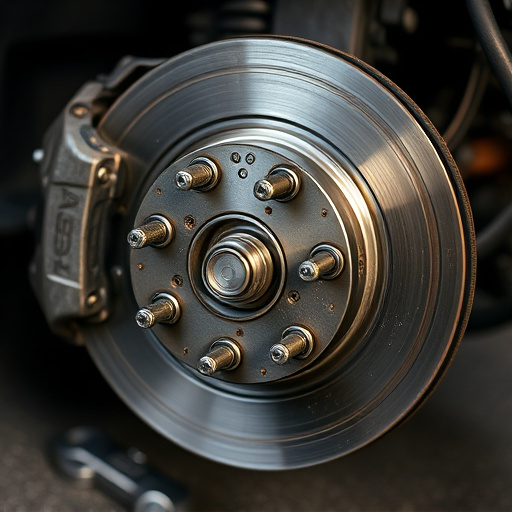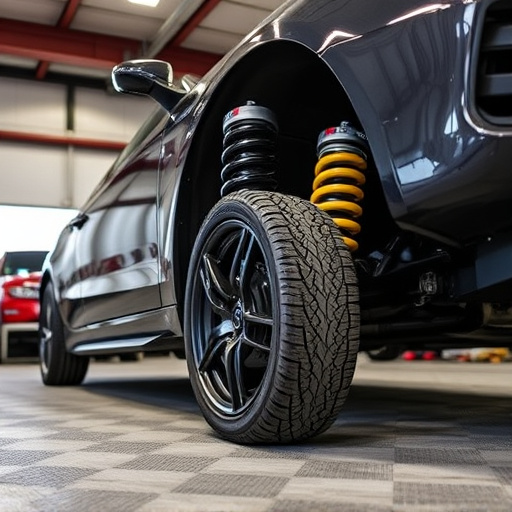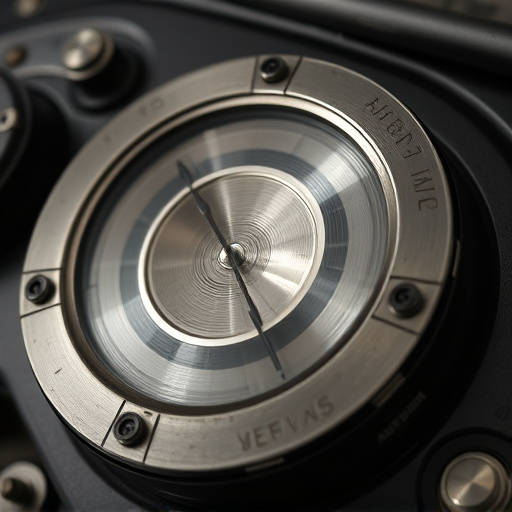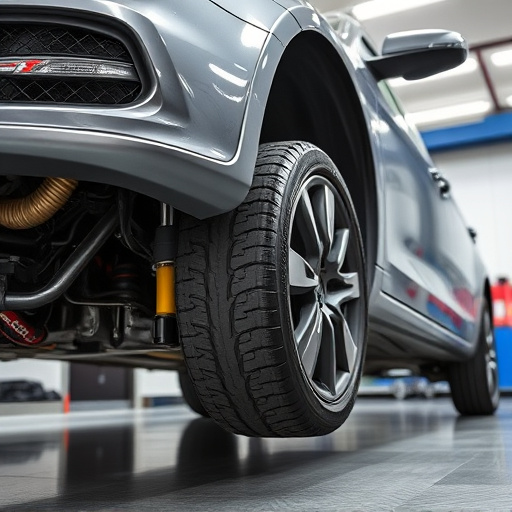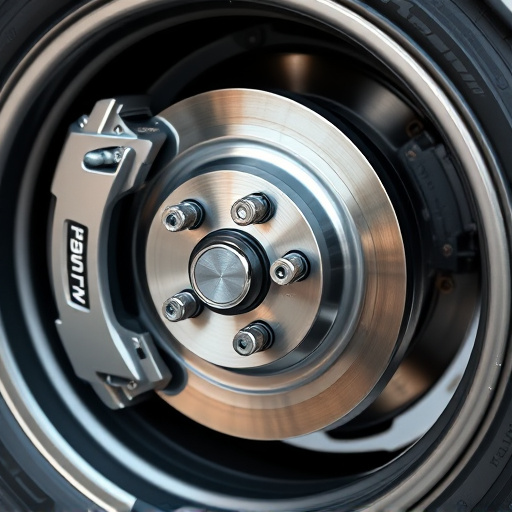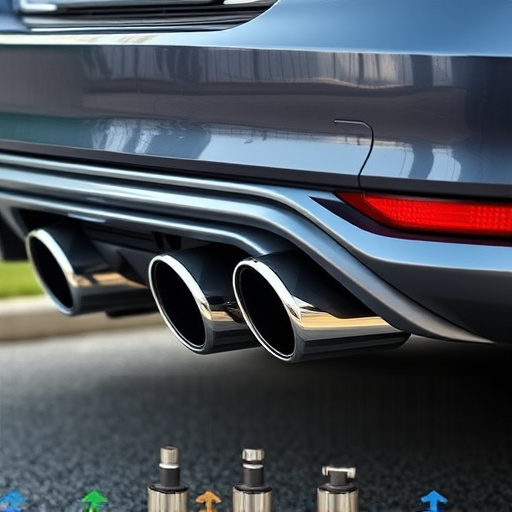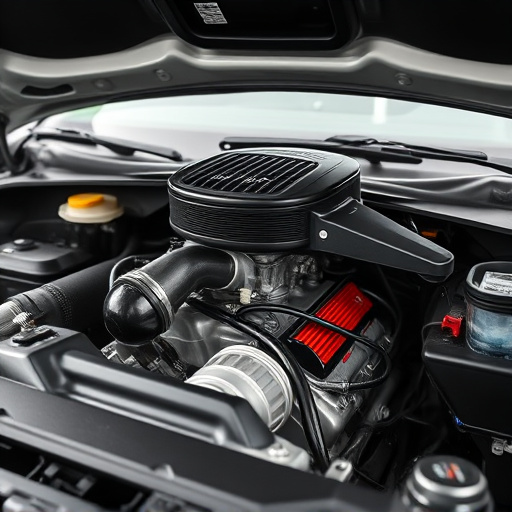Blow off valves (BOVs) are safety components in high-performance vehicles, protecting engines from pressure spikes. Enthusiasts customize them for tuning and sound, but selection is crucial based on expected boost pressure and flow requirements. Proper installation, maintenance, and compatible components ensure optimal BOV performance, enhancing engine health and power delivery.
“Unleash your vehicle’s full potential with the essential component that regulates boost pressure: blow off valves. This article delves into the intricacies of these dynamic devices, offering a comprehensive guide on choosing and maintaining them for optimal performance. From understanding the basics to selecting the right valve for specific boost ranges, you’ll explore installation tips and discover why proper maintenance is key. Uncover the secrets to enhancing your engine’s efficiency with blow off valves.”
- Understanding Blow Off Valves: Basics and Functionality
- Choosing the Right Valve for Boost Pressure Ranges
- Installation and Maintenance Tips for Optimal Performance
Understanding Blow Off Valves: Basics and Functionality

Blow off valves are essential components in vehicle systems, particularly for high-performance cars and modified engines. They serve as safety mechanisms designed to release excess pressure from the combustion chamber when it exceeds a predetermined threshold. This is crucial, as excessive pressure can cause damage to various engine parts. By allowing pressurized gases to escape, blow off valves prevent potential catastrophic failures.
These valves operate by diverting compressed air or exhaust gas from the turbocharger or supercharger system to the atmosphere when the boost pressure reaches a set point. This process ensures the engine maintains optimal performance while protecting critical components. Many high-performance enthusiasts also customize these valves, choosing specific blow off valve designs and integrating them with custom exhaust tips and air filter kits for enhanced engine tuning and sound effects.
Choosing the Right Valve for Boost Pressure Ranges

Selecting the appropriate blow off valve (BOV) is a critical step in optimizing your vehicle’s performance, especially when dealing with various boost pressure ranges. These valves play a vital role in venting excess pressure from turbocharged or supercharged engines, ensuring smooth operation and protecting sensitive intake components like cold air intakes and brake rotors.
When choosing a BOV, it’s essential to consider the expected boost pressure levels your vehicle will encounter. Different applications require valves with varying flow capacities and settings. For example, if you’re modifying a car for track days, a higher-flow valve might be necessary to handle peak boost pressures, ensuring quick response times. Conversely, everyday driving scenarios may only require a valve designed for moderate boost ranges, focusing on efficiency rather than maximum airflow. Additionally, the compatibility with your vehicle’s intake system and its overall design should be a primary factor in selecting the right BOV, aligning it with the performance goals of your build, whether enhancing power or maintaining reliability.
Installation and Maintenance Tips for Optimal Performance

Proper installation and regular maintenance are key to maximizing the benefits of blow off valves, which can significantly improve engine performance, especially in vehicles with turbo or supercharged engines. When installing a blow off valve, ensure all connections are secure and sealed to prevent air leaks that could hinder the valve’s functionality. Use high-quality gaskets and connectors recommended by the manufacturer for optimal seal integrity. Regular inspection of the valve and its surrounding components is crucial, checking for any signs of wear or damage.
Maintaining your blow off valve involves keeping it clean and free from debris, as well as lubricating moving parts according to the manufacturer’s instructions. Consider using performance air filters that align with your vehicle’s specifications to ensure optimal airflow without compromising engine health. Additionally, regular brake component and suspension kit checks can contribute to overall vehicle stability and handling, indirectly supporting the efficient operation of high-performance components like blow off valves.
Selecting and maintaining the appropriate blow off valves is key to optimizing engine performance, especially in high-boost applications. By understanding the basics of these components and their functionality, along with choosing the right valve for your specific boost pressure range, you can ensure efficient gas flow and protect your engine from excessive pressure. Proper installation and regular maintenance further enhance reliability and durability, making blow off valves a crucial element in any performance tuning regimen.



